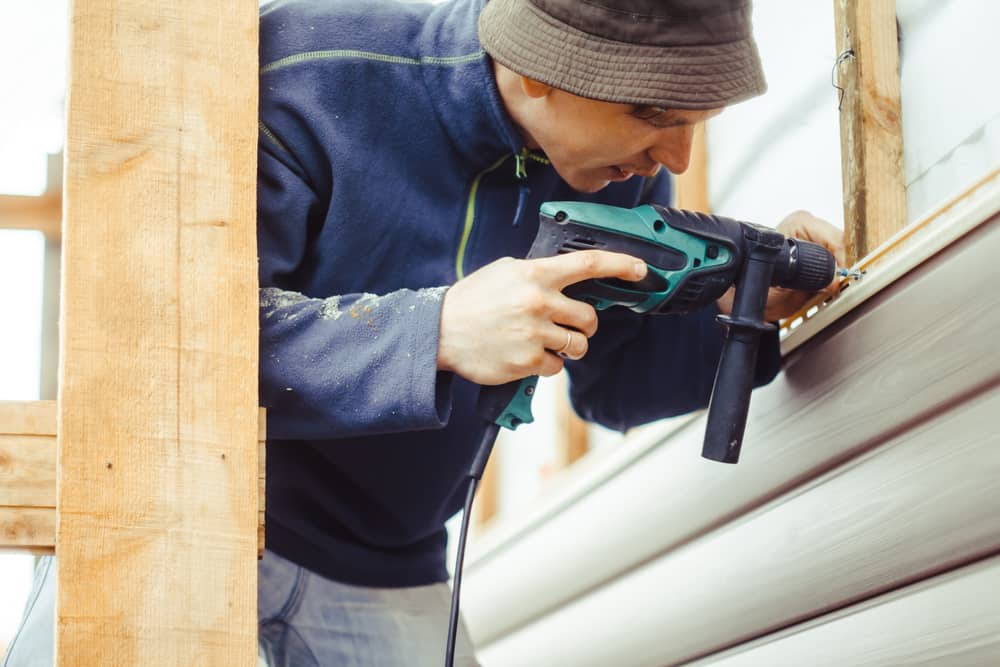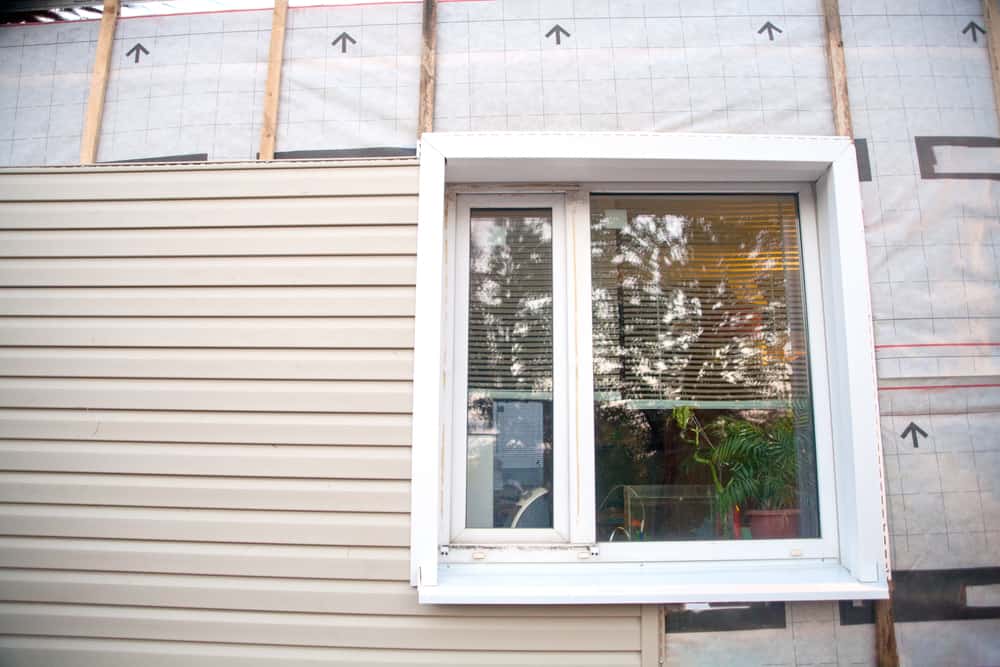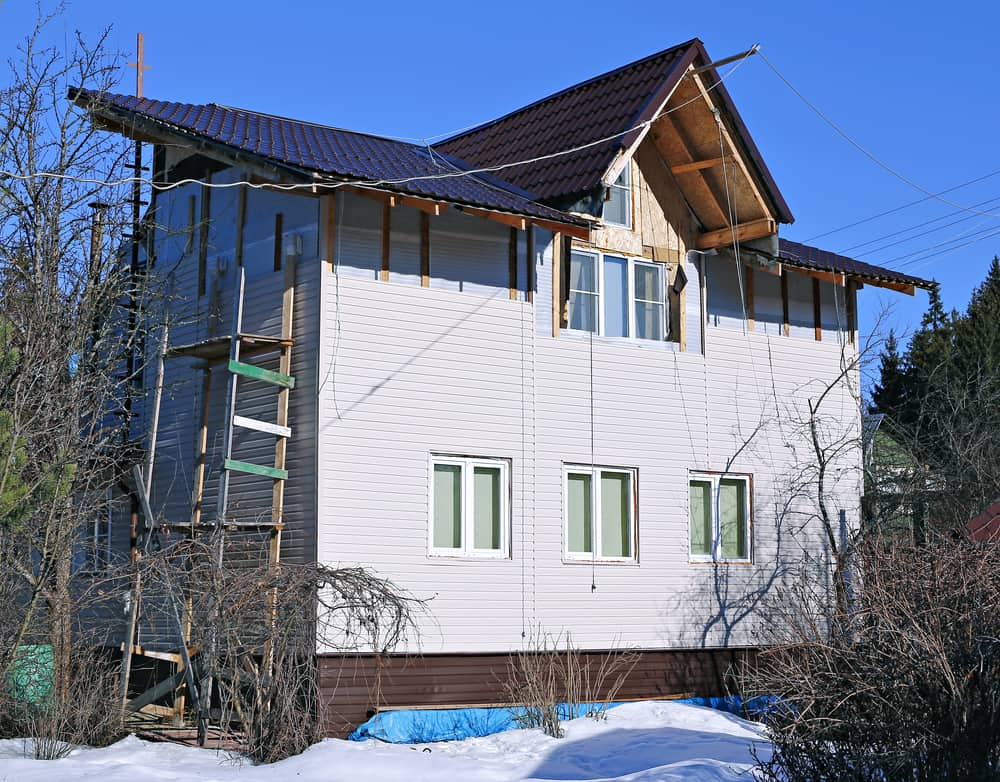Vinyl Siding Installation in Millstone, CT
Weather-Resistant Siding That Actually Lasts
Professional vinyl siding installation that protects your home from Connecticut’s toughest weather while boosting curb appeal.

Hear from Our Customers

Millstone Siding Contractors
When your siding is installed right, you stop worrying about weather damage. Connecticut throws everything at your home – ice storms, summer heat, driving rain, and those brutal winter winds that seem to find every weak spot.
Quality vinyl siding installation means you’re done with constant touch-ups and repairs. Your home stays protected while your energy bills drop because proper siding actually insulates. You get the curb appeal boost that makes neighbors ask who did the work.
The difference is in the installation. When it’s done professionally, your siding handles whatever Connecticut weather brings without cracking, warping, or pulling away from your house.
Millstone Siding Company
Sullivan Contracting has been handling siding projects throughout Connecticut for years. We understand how homes in this area are built and what they need to stand up to our weather.
You won’t get the runaround or disappearing act that comes with fly-by-night contractors. We’re local, licensed, and we stick around to make sure the job is done right.
Our approach is straightforward – we show up when we say we will, explain what needs to happen, and get your project completed without the drama that usually comes with home improvement work.

Siding Installation Process
First, we come out to assess your current siding and measure everything properly. You get a detailed estimate that covers materials, labor, and timeline – no surprises later.
Before installation starts, we handle any prep work your home needs. This might mean replacing damaged sheathing or adding insulation. Skipping this step is where other contractors cut corners and create problems down the road.
The actual installation follows manufacturer specifications and local building codes. We start from the bottom up, ensuring each piece is level and properly secured. Every seam gets sealed correctly so water stays out where it belongs.
Clean-up happens daily, not just at the end. Your property gets restored to better condition than when we started, and you get a walkthrough to make sure everything meets your expectations.

Ready to get started?
Vinyl Siding Replacement Services
Your vinyl siding installation includes proper removal of old materials, inspection of underlying structure, and professional installation of new siding with appropriate insulation and moisture barriers.
We handle the permit process and ensure everything meets Connecticut building codes. You don’t have to navigate town hall or worry about inspections – that’s our job.
Material selection includes colors and styles that work with your home’s architecture and your neighborhood. We source quality vinyl siding that’s designed for New England weather conditions, not the cheap stuff that fails after a few seasons.

